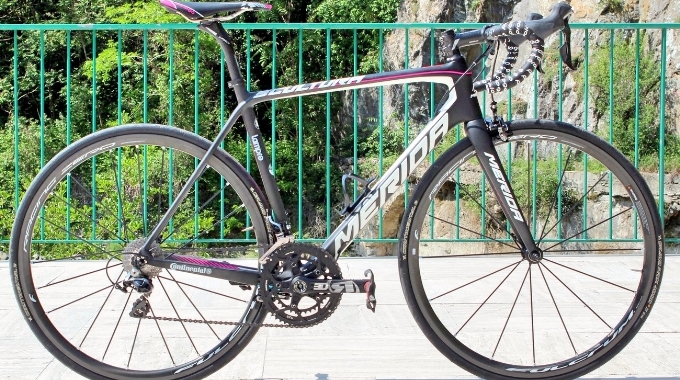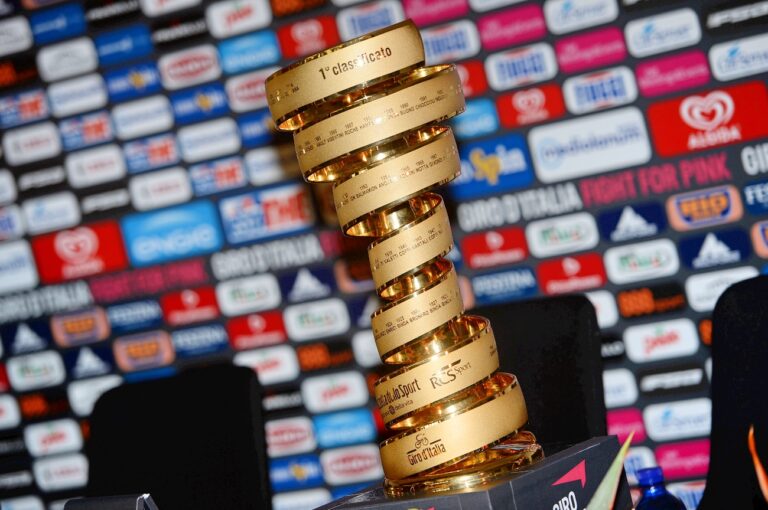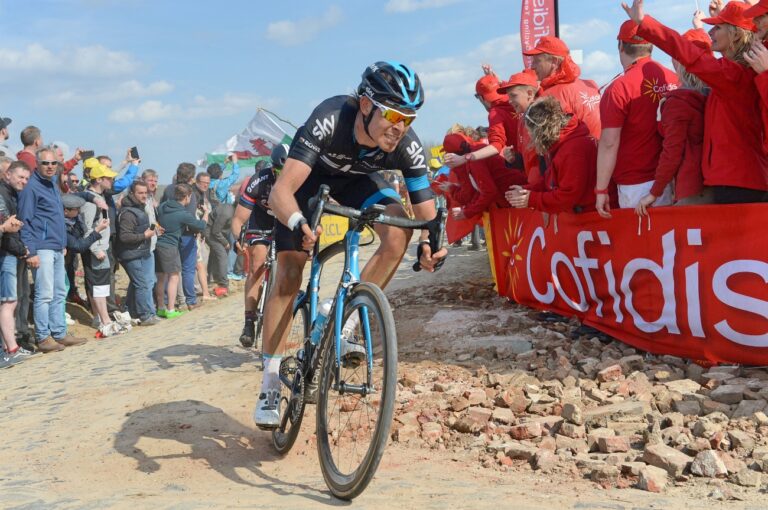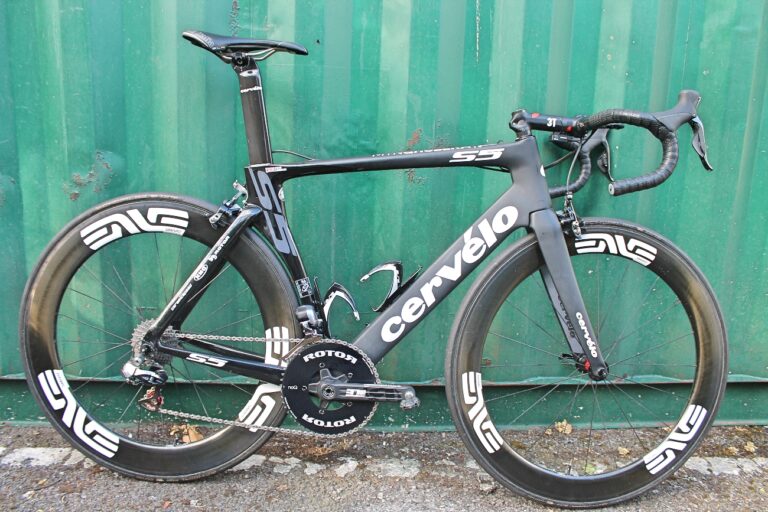Okay, so this isn’t strictly a first ride review as I’ve used the v650 a few times now, but it’s basically early impressions on whether the new device from the Finnish heart-rate pioneers really brings them back near the top of the pile as far as training tech is concerned.
Polar haven’t released a new bike computer in a long. Years, in fact. Years and years. The closest they’ve come is the Tour de France version of their RCX5 sports watch a few years back, which came with a handy bike mount (hint: it wasn’t all that handy at all).
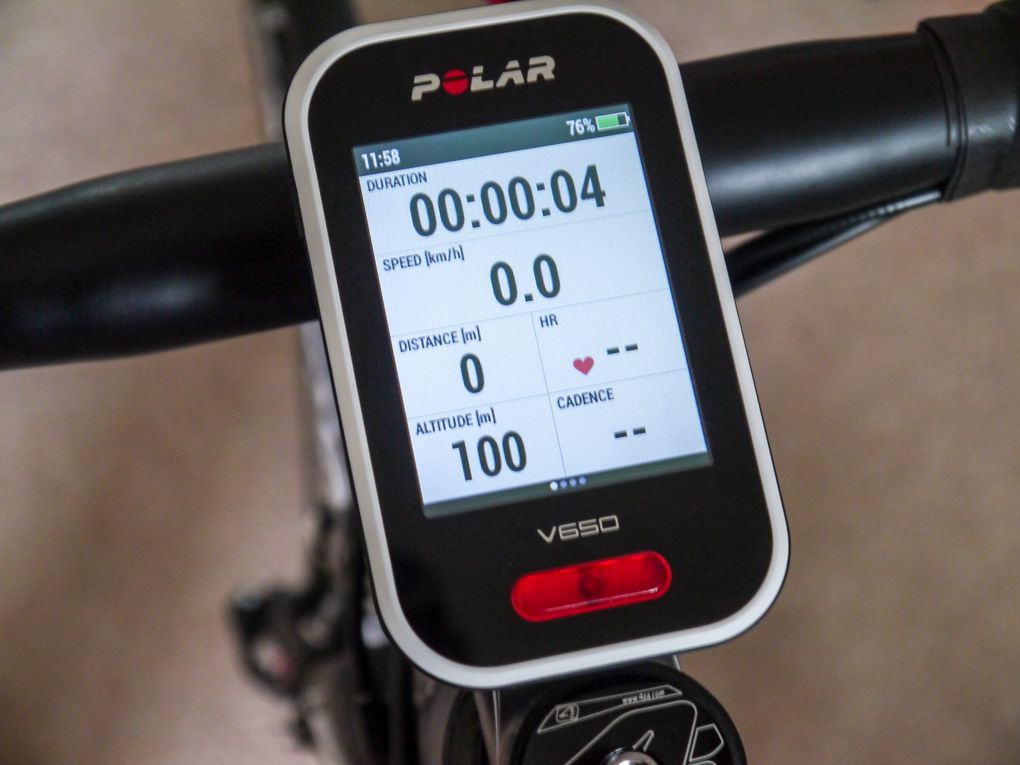
The v650 is supposed to be the product that gets the Finns back in the game where bike technology is concerned. They’ve taken a serious hiding from Garmin in the last few years on all fronts and have gone away and developed a few new products to give them a real shot at taking back some of the market share from their American counterparts.
Size-wise it’s quite big. Not massive, but large enough that fitting it on a 110mm stem is a close call. it’s shorter than Garmin’s Edge 1000, but a little wider. Over the last few years bike computers, like smartphones, have been increasing in size noticeably. The plus side of this is that they manage to pack in many more features, but the downside is that the days of having something small and unobtrusive mounted on the stem are well and truly in the past if you want to be on the cutting edge.
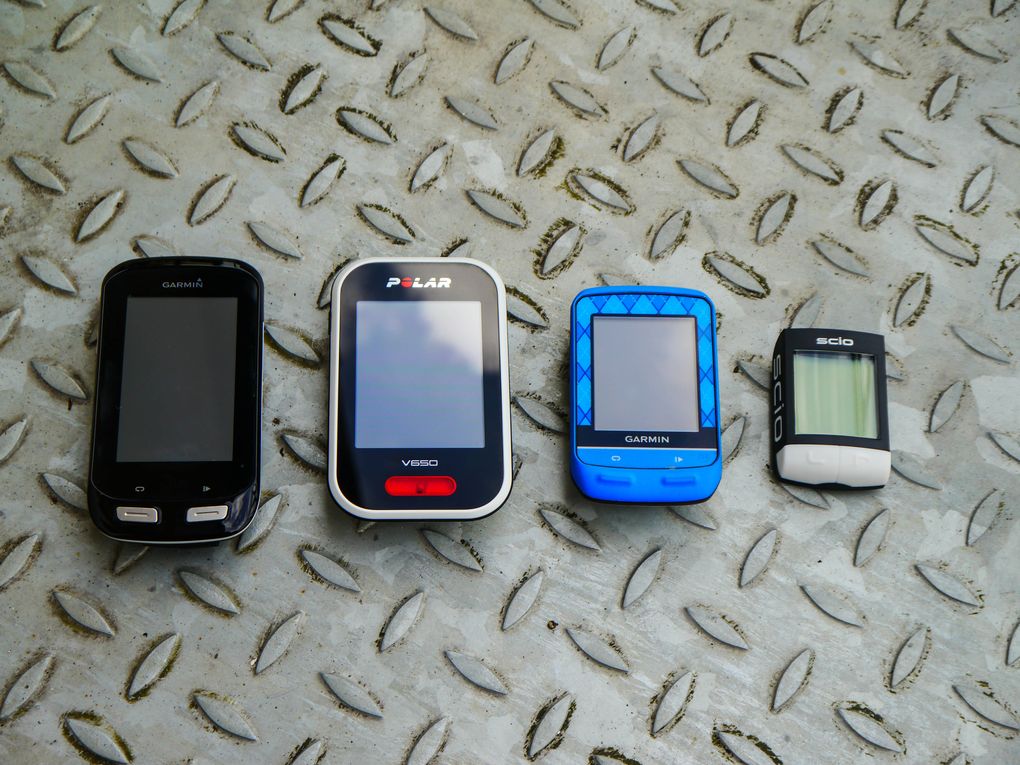
So, the v650. What does it do? Well, maybe it’s a bit easier to start by pointing out what it doesn’t do. First off, there’s no turn-by-turn navigation. If you’re looking for a device that will hold your hand from A to B, then this isn’t it. Although it does have a ‘back to start’ feature, where you can find your way back to the beginning of a given ride if you’ve gone out and found yourself a little off the beaten track. It’ll also track your route using inbuilt GPS so you can check out exactly where you’ve been once your home.
It also has Bluetooth Smart connectivity. Lots of modern devices use this new, low energy form of Bluetooth, but the important thing to know about the v650 is that it doesn’t have ANT+, so only Bluetooth accessories will work. This obviously limits the amount of third-party devices that will work with it (most notably power meters, so check before you buy). But it also means that connectivity with the latest smartphones is easy, which is a bonus.

Mounting
The standard mount is similar in style to Garmin’s quarter-turn mount, except that the Polar mount ratchets to give you a slightly greater degree of positioning. Also, where the Garmin-style mount uses two elastic bands to attached, the Polar uses one long band that sits in one end, loops all the way round, sitting in the side nests, back over itself and into the other end (it sounds complicated but is actually really intuitive when you’re doing it). You also get three different lengths of rubber band in the box to cater for different bar and stem circumferences.
Although Polar and Garmin’s mounts are similar, they’re incompatible. Polar’s mount is slightly deeper and the attachment on the back of the Polar has a larger circumference than a Garmin. If you really try, you can jam a Garmin into the Polar mount, but it feels far from secure, whereas the Polar attachment won’t even fit into Garmin’s mount. So, all things considered, stick with the right mount.
Polar have also got an aftermarket out-front mount available for anyone who prefers to get the computer out of the way, as seems to be the trend these days.
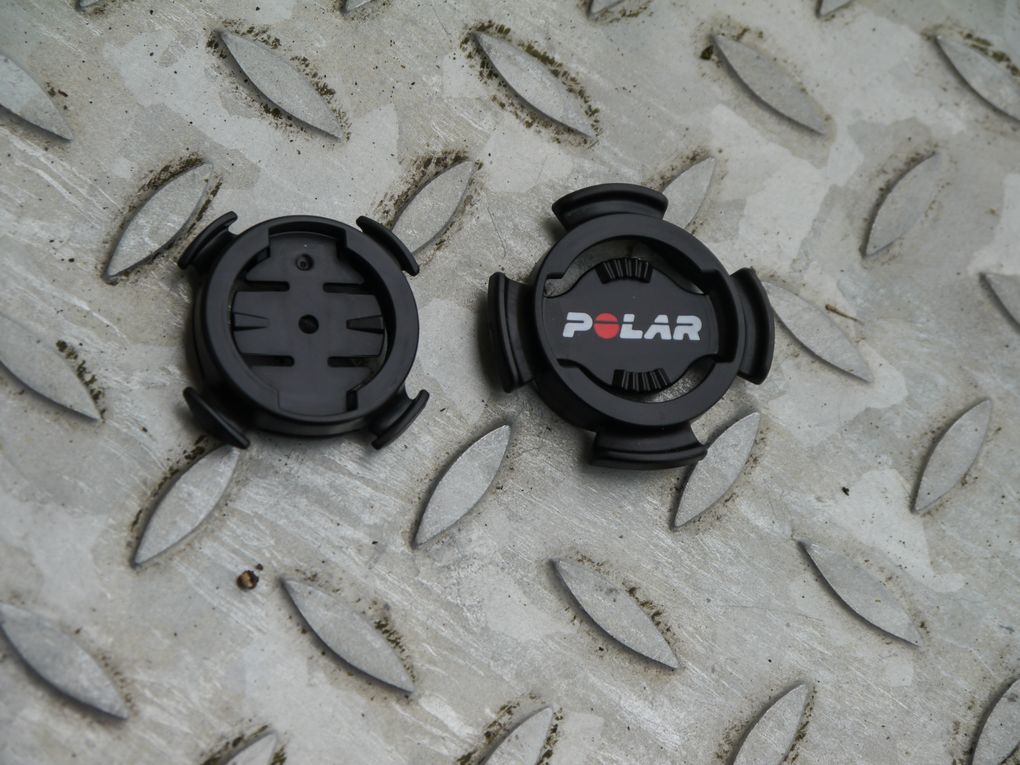
Interface
The v650 is touchscreen, but also has two buttons. One smaller one on the left-hand side which is the power button, and a large red one in the front-centre of the unit which starts and stops a session, but also sets a lap marker when you’re going.
The touchscreen itself is slick, and works well even with gloves on and scrolling/swiping through the screens is really easy. There were a few times that I had to swipe twice to get it to do perform an action but that was as much to do with the accuracy of my swiping (or not, as the case may be) as anything.
The main screen is well set out and easy to navigate. There are four large categories (history, settings, bike and profile) and underneath a bar with four icons for GPS, heart rate, cadence and speed. If an icon has a solid green circle around it, that means that particular connection/sensor is ready to go. If the circle is flashing, it means there’s one paired with the device but isn’t yet connected, and if there’s no circle it means that you’ve yet to pair that sensor.
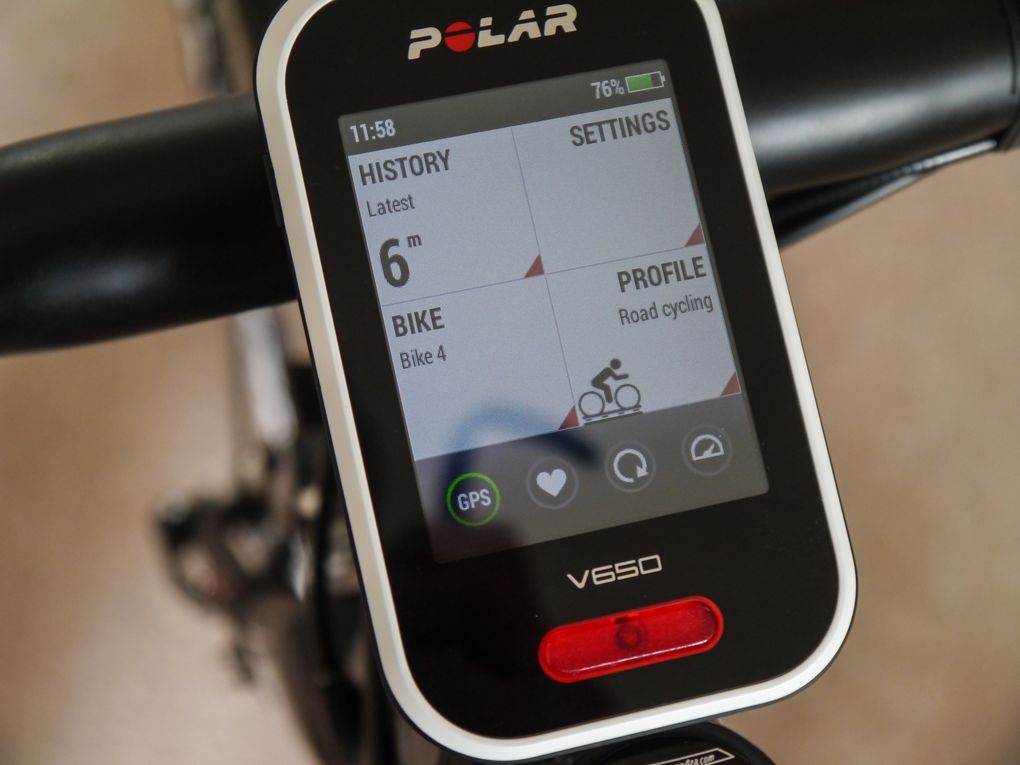
Screen and data display
The 2.9” colour screen is wonderfully sharp. Personally, I’ve always thought in the past that colour screens are a bit of a gimmick on bike computers, but now that functionality is getting more and more intricate, they’re actually becoming important. The beauty of this screen is that it’s very easy to see with just a glance down, even when you’ve got multiple fields on the screen.
The v650 has memory for up to four bikes, and you can setup each bike with the sensors the unit should look for when riding. Similarly, it has four sport profiles too: road cycling, mountain biking, indoor cycling and ‘other’, all of which can be customised with the training screens you’ll need when engaging in that activity.
In terms of individual profile customisation, you can have up to six screens with up to eight data fields each, and there are a huge amount metrics you can set in those slots. But in addition to the standard numerical views, you can set visualisations: an altitude graph, HR graph, HR zones view and the speed graph. None of these are game changing, but the HR zones view is one that I particularly like and is a really nice little addition for anyone who trains by heart rate. It’s basically five coloured bars, one representing each heart rate zone, and they increase according to the amount of time you’ve spent in that zone during the session. There’s also an arrow that shows you which zone you’re currently in. Visual representation of data like this makes it easier to digest at a quick glance.
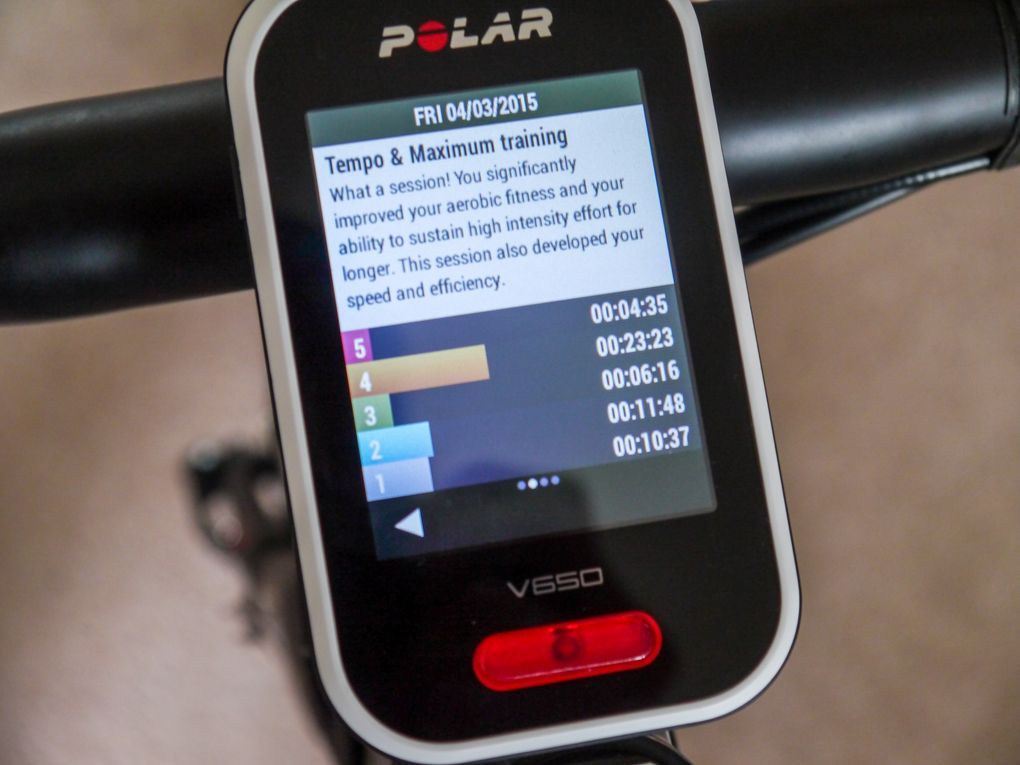
GPS
GPS is actually quite a new thing for Polar, at least in an integrated form. In fact, it was only in 2012 with the release of the RC3 watch that Polar started to integrate GPS into their devices. Previously, if you wanted GPS you had to have an additional sensor (like the G5), which was an expensive and irritating extra to get something that competitors were already offering as part of their products.
But first impressions are that they’ve nailed it with the v650. GPS uptake is impressively quick, even in new places that it hasn’t been used before, and I’ve so far had no issues with signal drop in the rides I’ve done.
Uploading
If you want to upload your rides to Polar’s online portal (called Polar Flow), you’ll need to download the FlowSync software. It’s a simple little application, and makes syncing as easy as plugging in the device and hitting upload. Plus it’s also available for both Windows and Mac OS X so there are no compatibility issues to fret about. You can export the files as data files, too, so you can use them with third-party sites, although there are currently no ability to automatically export to, say, Strava like Garmin Connect now does. Although that’s a very recent development on the part of Strava/Garmin, so there’s no reason to presume that it won’t be possible at some point in the future.
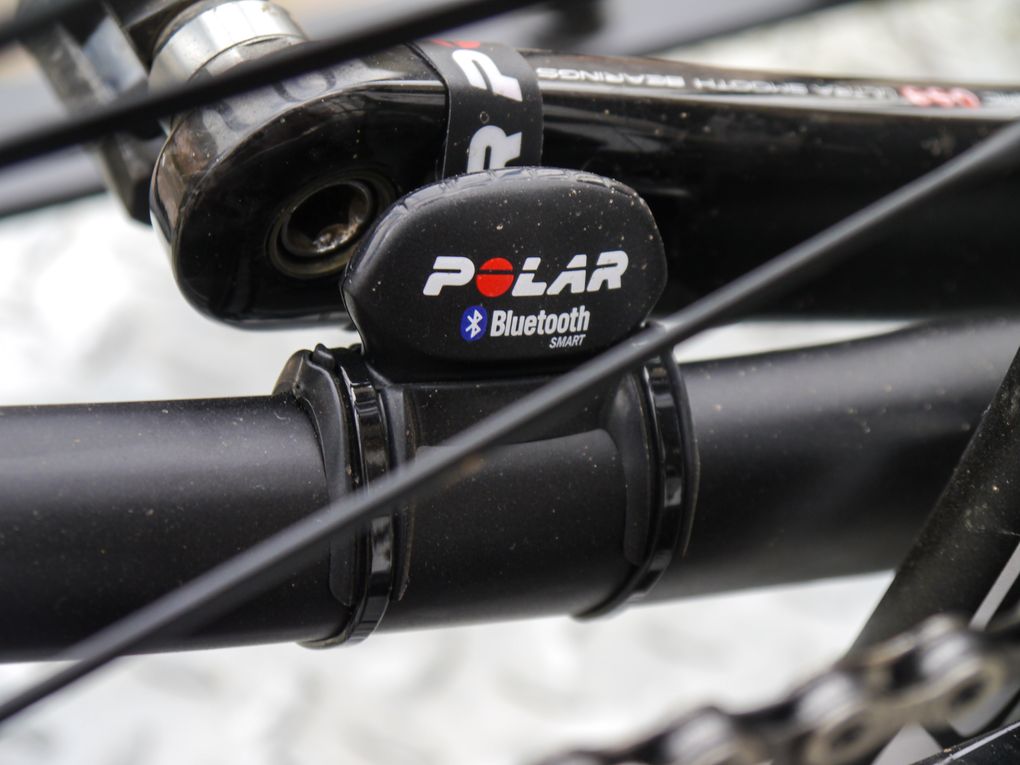
Extras
There are two options when it comes to buying the v650. One with the heart rate strap (£194.50) and one without (£239.50). Like I mentioned at the top, the HRM is Bluetooth Smart. That means if you’re thinking of swapping from Garmin or similar, you’ll need a new heart rate sensor as ANT+ ones won’t work.
Polar also have their speed and cadence sensors. You can either get them as a set for £54.50, or the cadence sensor on its own for £34.50. We got both in for review with the device and will be putting them through the rigours over the next few months as we use the unit.
Conclusions
First impressions of Polar’s new v650 have been good, but I’ll be putting it through a few months of testing before delivering a final verdict. Keep your eyes peeled for a full review.
Price: £194.50 (unit only), £239.50 (with HR strap)
Website: Polar


